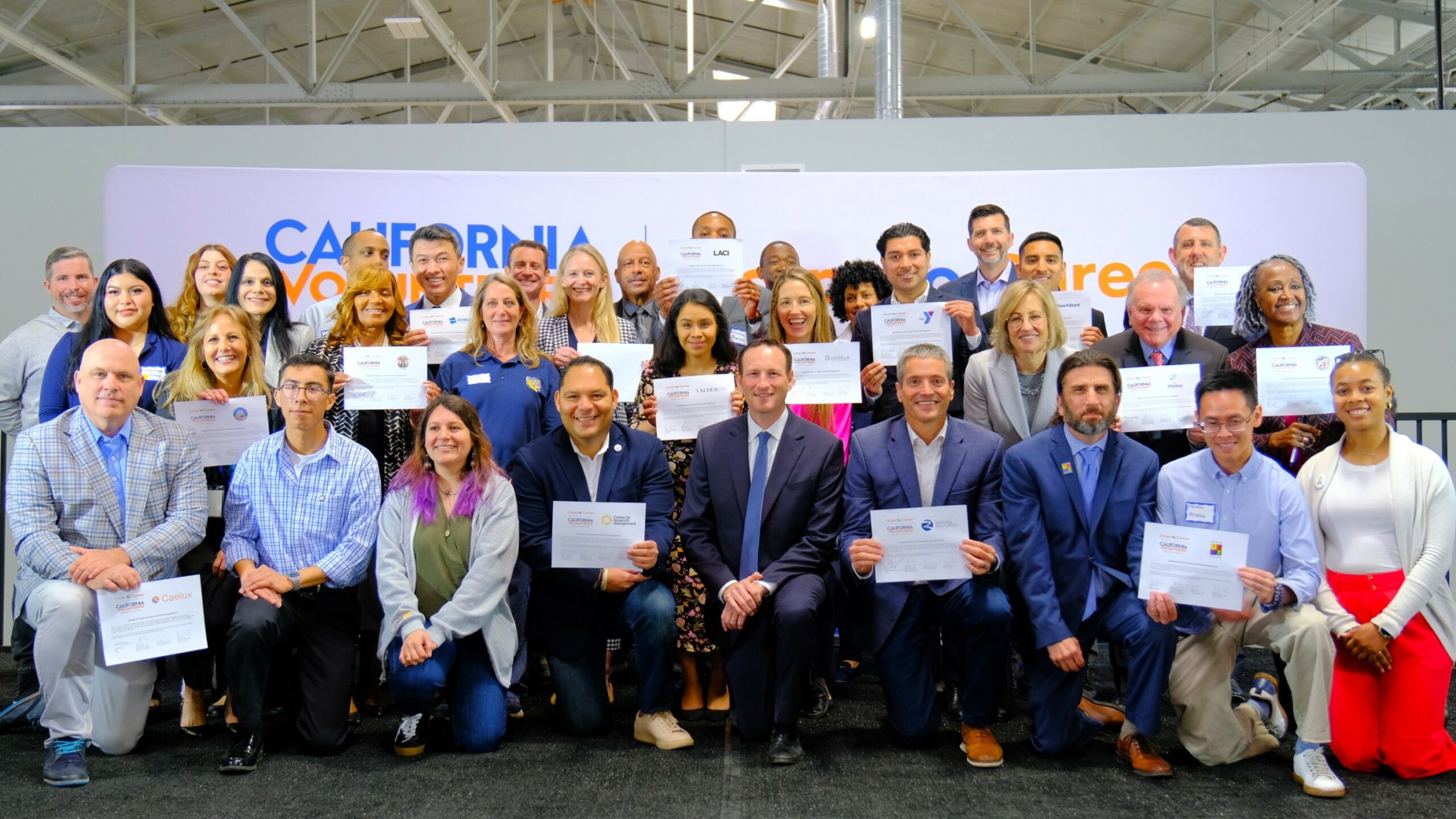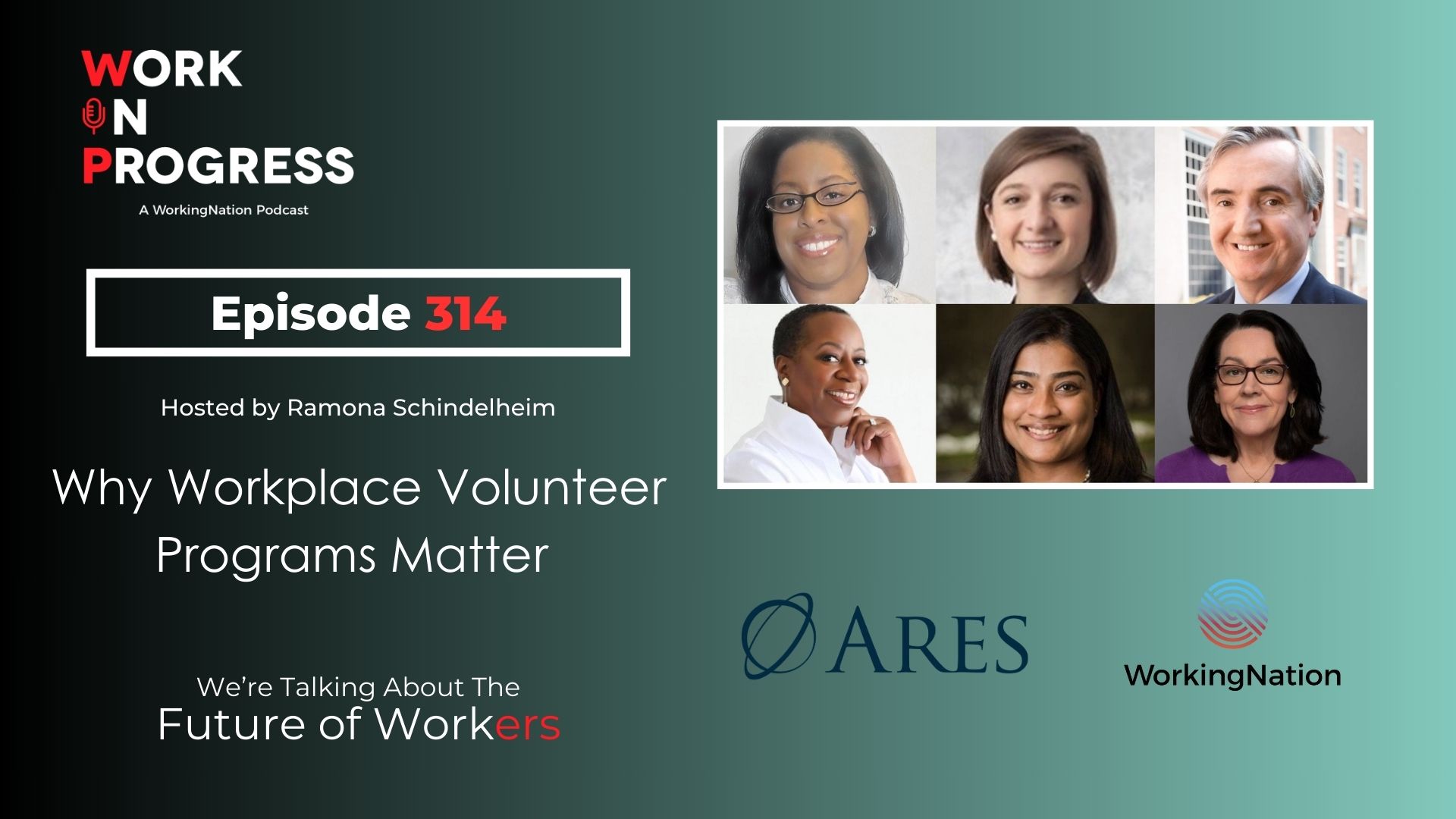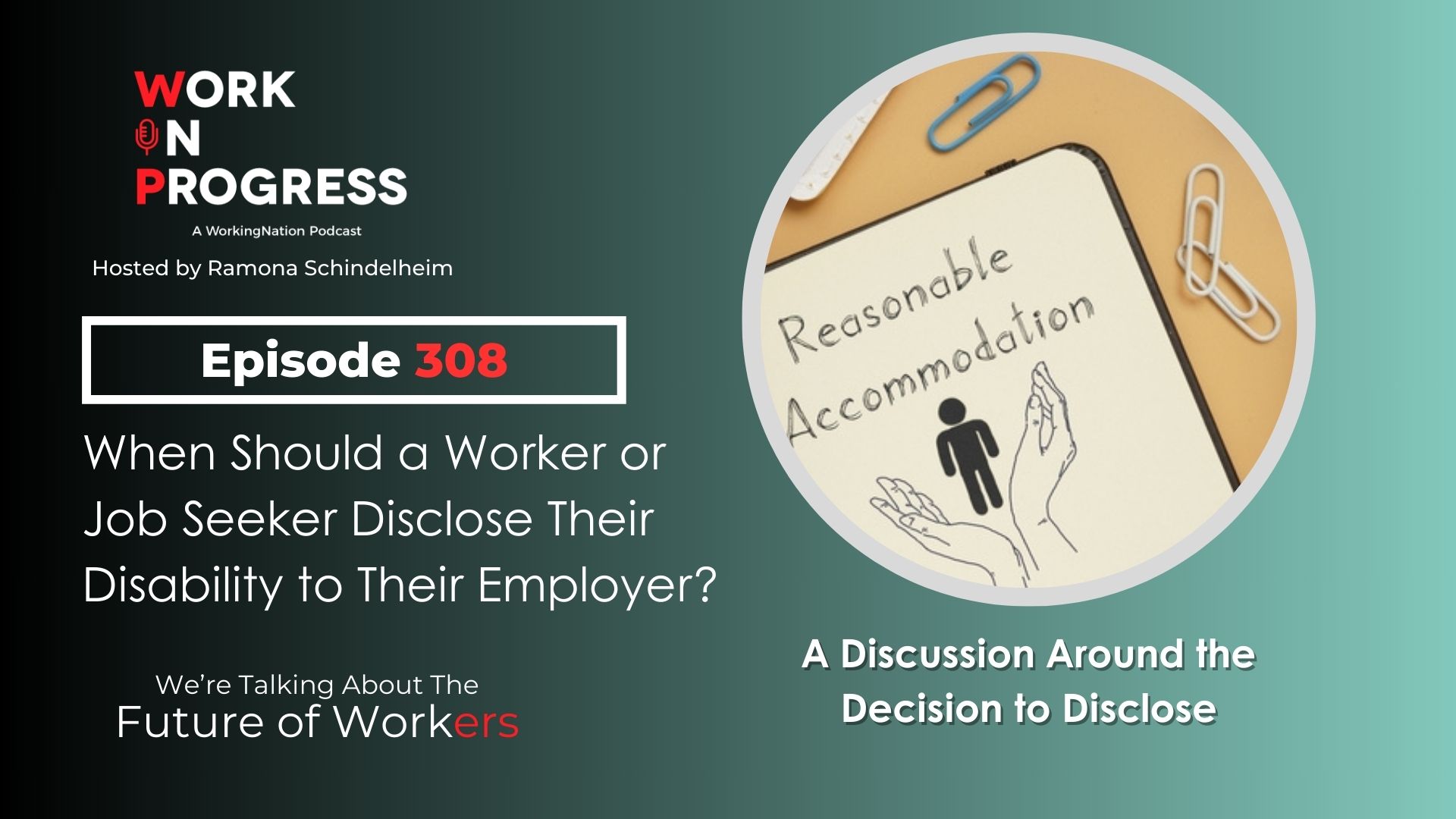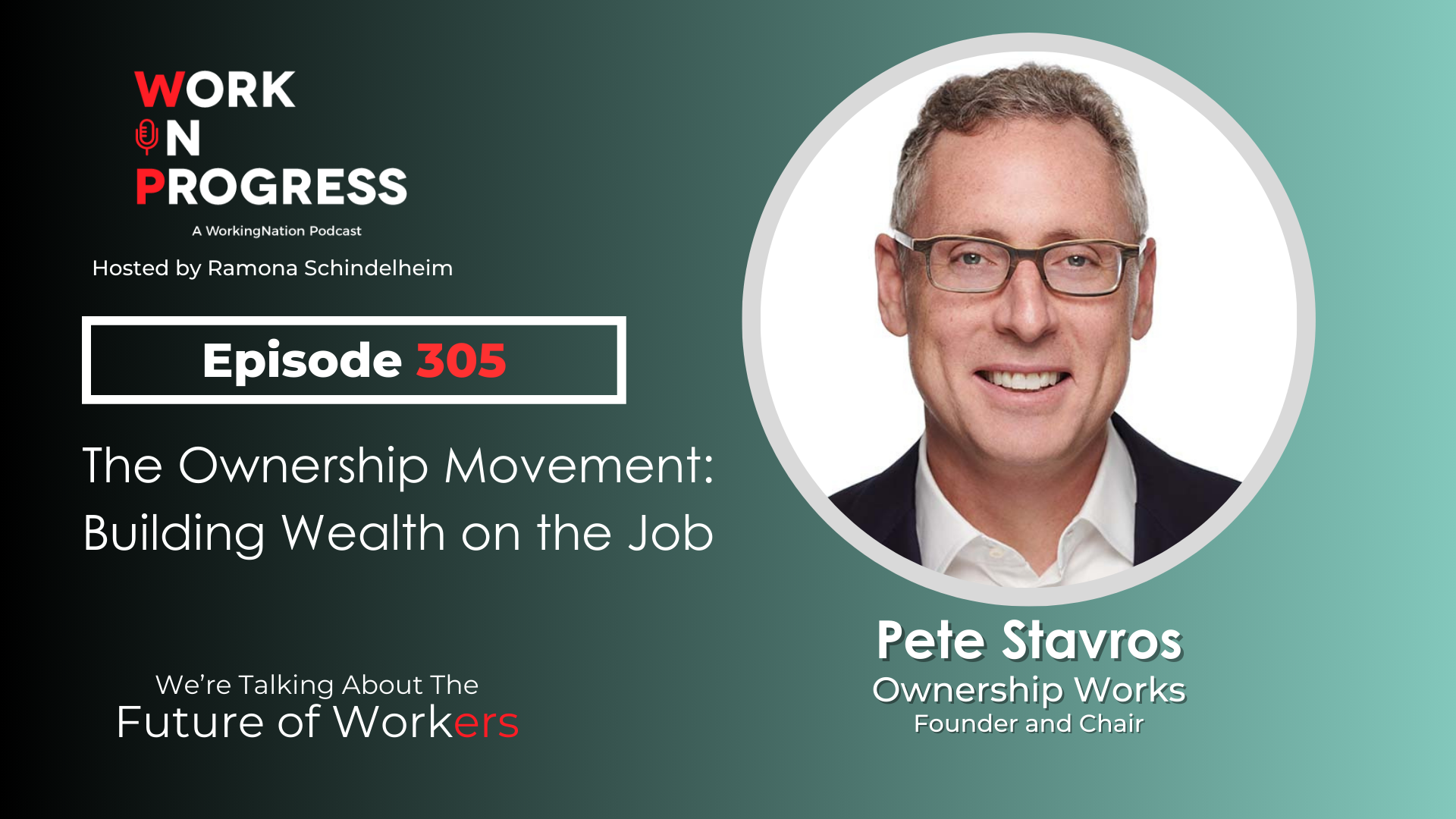
How often do you run into a “No” in life?
Chances are that if you’re running into challenges in your work, including being out of work or facing obsolescence due to technology, that “No” is all too familiar to you.
Do you like receiving “No” for an answer?
If you answered, “No,” you’re not alone. Few people enjoy receiving “No” when they’re desiring or wanting something, or when they’re trying a solution to a problem and the problem remains defiantly unsolved and sounds a resounding “No” in their mind.
What about those instances where you were convinced you were right but turned out to be dead wrong?
What if your mind could develop the attitude that a “Yes” is great, but a “No” is even better?
Isn’t that what would happen what if you could turn “No” into a friend and one of the best teachers you can find if you’re wanting to come up with better and even more genius solutions, or at the very least, help you see how strong and resilient you are?
“Okay, enough of the ‘snake oil’ Dr. Mark, no way you’re going to sugarcoat this one and make me a believer.”
Unhuh, You’ve responded with an unwavering “No” to my suggestion. Fair enough. Game on!
Why do most people dislike receiving “no” for an answer? It’s not so much the “No” or rejection itself, it’s our re-action to receiving it. Yes, that’s not a typo, I did say “re-action.”
What that means is that, it’s not the “No” this is so bothersome, it’s that it catches you by surprise — although you’d think after receiving “No’s” daily it shouldn’t — and that not only stops forward movement, it stops positive enjoyable momentum and substitutes a wall. When that happens you become disoriented and dysoriented.
Disoriented means that the direction you were heading in is suddenly blocked and you, therefore, need to reorient yourself. Dysoriented means that having to do that — especially when you’re on a roll — is painful, frustrating and even frightening if you were counting on what you were doing being successful — or even worse, a sure thing — and you don’t have a backup plan.
That is where re-acting occurs. In other words, if the path you’re on is suddenly taken away, you need to pause, then regroup, then recoup and then re-engage with the world taking a new direction.
If you’re like me, the most challenging step is going from pause to regrouping. For me, that is when I sometimes think, “I’m not going to regroup, this is going to mess everything up, I’m not going to recover this time!”

“Oh Fudge” to “Okay”
In my book, Just Listen, one of the most popular chapters was about using the “Oh Fudge to Okay” (in actuality, the language was a little more offensive, but you get the idea) technique to talk yourself down from a disappointment or in this case a “No” by saying these in your mind rather than reacting in a destructive way. Please feel free to fill in what best expresses your thoughts and feelings.
- “Oh Fudge” – “This is a total mess! Everything is going to fall apart! Why the _____ (okay you can fill in that blank) does this happen to me? I’m really screwed!”
Take three slow long breaths.
- “Oh Shoot!” – (Again, feel free to use another word that sounds stronger) – “This is not a bad dream. It really did happen. It is going to create all kinds of problems, involve all sorts of people, and having to inform at least several people who are going to be very unhappy about this.”
Take three slow long breaths.
- “Oh Geez” – “It will set me back. I will need to do damage control. I’ve done damage control before and gotten through it. Just because it feels like the end of the world, doesn’t mean it is.”
Take three slow long breaths.
- “Oh Well” – “It’s not going away on its own. I can vent or complain or whine about it to others, which might get me some sympathy, but it really is up to me to fix it or at least clean it up.”
Take three slow long breaths.
- “Okay” – “Instead of continuing to be ticked off about it and/or blame others and/or feel sorry for myself, the first step I can take to deal with this is ________.”
Then take that first step.
Time to Pivot
It’s been a number of years since my book, Just Listen, came out — 2009 to be exact — and I’ve been using the “Oh Fudge to Okay” technique to calm myself down and deal with the “No’s” in my life.
Recently, I’ve turned a corner and perhaps it won’t take you as long as it took me. Now, when I hear “No,” for an answer or when I’m doing something and it backfires or when I’ve written a blog like this and forgotten to save it, I no longer use “Oh Fudge to Okay.” Instead, I say to myself, “Pivot.”
Pivot means looking at a situation through different eyes. Not infrequently do I come up with a solution, but with a better one than the one I was working on.
Okay, okay. I hear you! I understand you’re going to need to use “Oh Fudge” to “Okay” for a while before you too can say to yourself, “Pivot,” and then do it.
Finally, what is the benefit of being able to take “No” for an answer and deal with it by either “Oh Fudge to Okay” or pivoting?
When you have the ability to deal with the “No’s” and rejections from the world without falling apart, you will discover that you’re more willing to take chances and push out of your comfort zone.
Why? Because the worst the world can say to you is, “No.”
Join the Conversation: What are the positive ways you have dealt with rejection? Tell us your story on our Facebook page.
Dr. Mark Goulston is an award-winning business psychiatrist, a consultant for Fortune 500 companies and the best-selling author of seven books. His latest book, Talking to Crazy: How to Deal with Irrational and Irresponsible People in your Life can be found on Amazon. Catch up on Dr. Goulston’s previous articles here.
Connect with Dr. Goulston through Facebook, Twitter, or LinkedIn. His books are available on Amazon. Check out his videos on YouTube or take advantage of free resources available at www.markgoulston.com.











